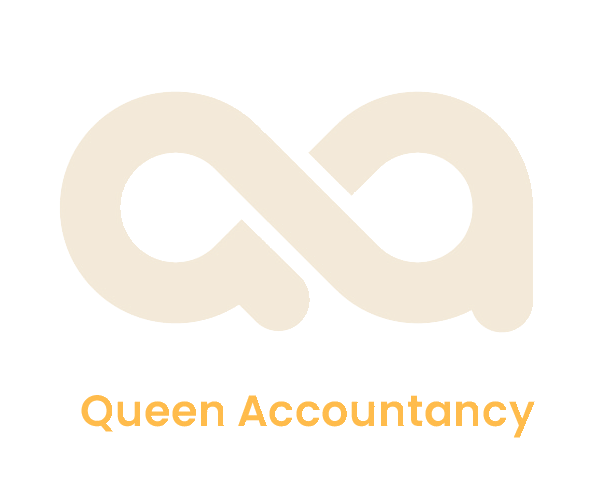Before you launch a startup, it’s essential to create a financial roadmap to give your new business a solid base. Of course, there are many factors and variables in place which make this process rather complex. That’s why we’ve broken it down step-by-step and put together this quick and useful guide to financing your startup business. Let’s dive in.
Create a Budget
The first step to financing your startup is creating a realistic budget based on your business plan. You should factor in your sales and expenditure forecasts, as well as capital costs. You should also estimate your monthly cash position. Try to be conservative with your estimates in order to create a financial buffer, in case you run into cash flow issues, struggle to achieve your sales targets or overspend.
Estimate Your Financing Needs
Bear in mind that your startup business may not make a profit for two to three years after you launch. It’s also important to factor in seasonal trends within your industry – for example, ice cream businesses experience peak sales during the summer, whilst other industries see their highest sales at Christmas.
Create a Contingency Fund
It’s essential that you create a safety net for your business should you run into issues. Ideally, you should be able to cover six months of expenses in a worst-case scenario. Not only will your contingency fund act as a buffer to protect your business, it will also help you to sleep more soundly at night.
Borrow When the Going is Good
A big mistake that startup owners make time and time again is waiting to borrow until they really need the money. It’s best to set up a business credit card and line of credit when the going is good and you are in a strong position to negotiate. If you wait until you’re in a tough spot, you are putting the fate of your startup in the hands of the lender, and that’s not a situation you want to find yourself in.
When taking out a bank loan, you should inform the bank of the total amount you want to borrow, even if you don’t need it all right now. There’s nothing wrong with borrowing in stages, but if you unexpectedly request more funds shortly after you first borrow, you might cause your creditor some concern.
Consider Short-Term Borrowing Options
There are several short-term borrowing options that may be suitable for your needs, including a business credit card or an overdraft. Both can fund working capital to cover the delay between paying your suppliers and getting paid from your own customers. However, it’s important to manage them both carefully in order to avoid debt and maintain a good business credit score. Remember that these options are for short-term borrowing only, to smooth over cash flow issues, but are not suitable for long-term use.
Consider Long-Term Borrowing Options
You should not use a credit card or overdraft for long-term financing and should instead consider more suitable long-term options. In addition to traditional business bank loans, it’s worth looking into equipment loans or leasing.
An equipment loan is a lower-risk alternative to a traditional bank loan. You purchase the equipment and pay it off in increments over a fixed period of time. At the end of the loan, you own this equipment.
Equipment leasing is a great option for businesses whose equipment frequently requires upgrades and maintenance. Under this arrangement, you essentially rent equipment and do not own it. Often at the end of the lease you will have the option to renew your agreement, or either upgrade or purchase the equipment.
Summary
There is a lot to think about when it comes to financing your startup business. However, by creating a realistic budget and a long-term plan, you can then set about gathering adequate funding to cover your costs. It’s important to borrow before you need to so that you will have an easier time securing funding and be able to negotiate better interest rates. Be sure to weigh up your options carefully and be financially conservative with your estimates so that you avoid overspending and can manage your credit well.

